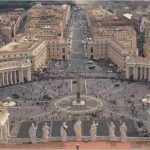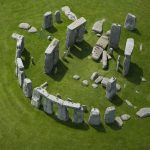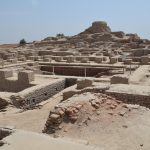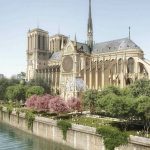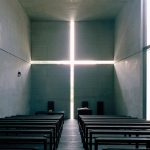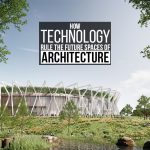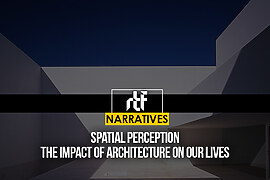The most common definition for Architecture is “the art and technique of designing and constructing a building.” At a very basic level of understanding, it’s a built structure with floors, roofs, and walls. But is that all there is to understand about it?
Every Architect has their definition of what it is supposed to mean. According to Martha Thorne,” it’s a multifaceted gemstone as it is not just art or just science. It is a discipline drawing on psychology, sociology, economics, politics, and so many more areas.”
It not only weaved modern civilization together but also has had a bigger impact on the socio-cultural growth of society. The shelter created by the early ancestor to ward himself off the adverse climate and the wild, to the towns and metropolitan cities built to form the conventional society of today, have all been a part of the ever-growing humanity associated with architecture.
So, the question arises if humanity would have thrived without its built environment. Would there be the mighty empires and crowded cities that protected and provided a lifestyle that prevails today? Would there be social and religious bodies that bind all of humanity together?
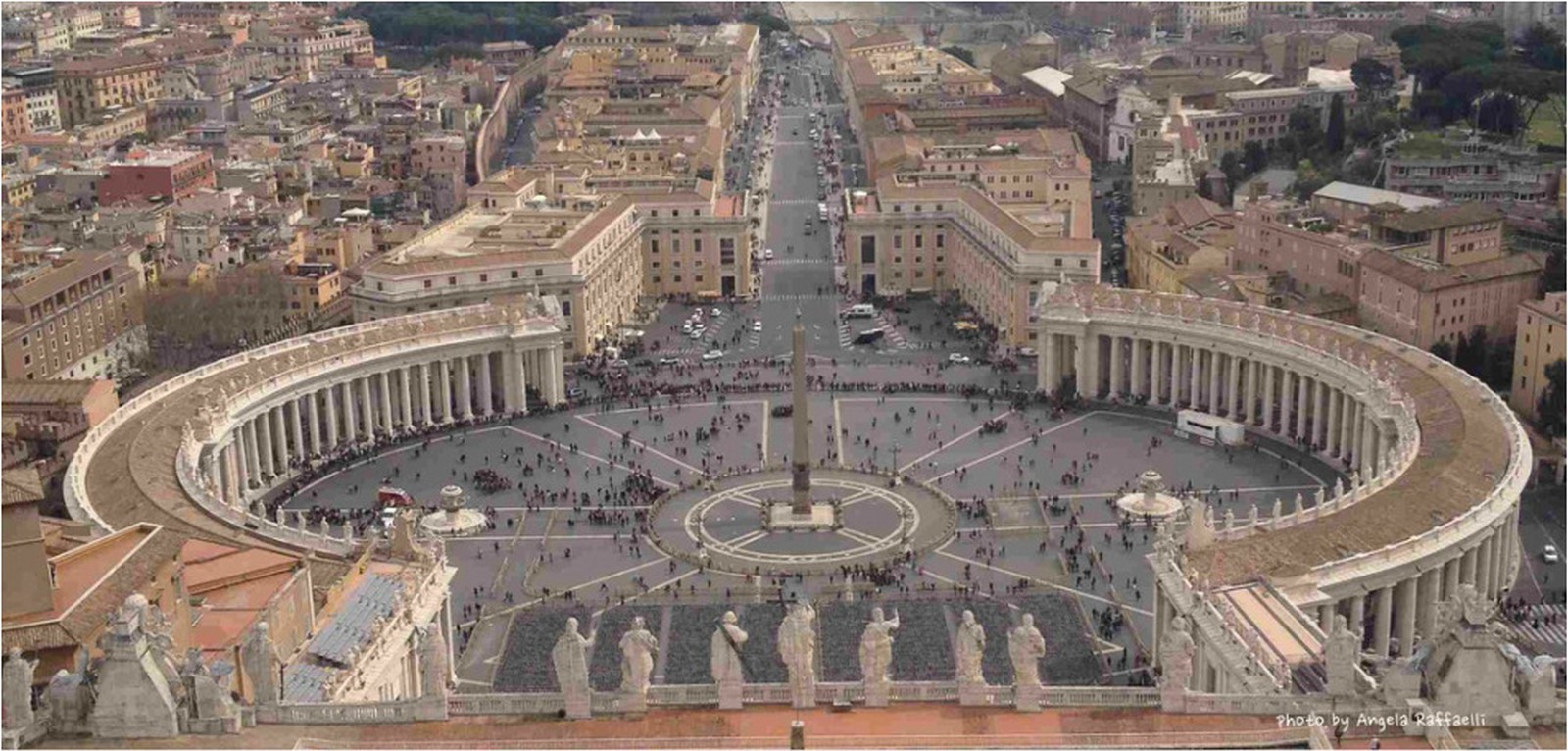
Homo Sapiens and their hive
“Some have said that it was fire and water which were initially responsible for bringing men together into communities, but we, considering how useful, even indispensable, a roof and walls are for men, are convinced that it was they that drew and kept men together.” Leon Battista Alberti, De Re Aedificatoria
For over 2.5 million years before the Agricultural revolution, humans lived nomadic lives by hunting and gathering wild animals and wild plants. They resorted to natural shelters such as caves or trees, which provided minimal protection from nature and the wild. All this changed over 10,000 years ago when humans began to settle and started to form their lifestyle through Agriculture, where they built shelters made of stone, wood, animal hides, and bones. This settlement was a drastic shift for humanity to grow, and hence civilizations were born.
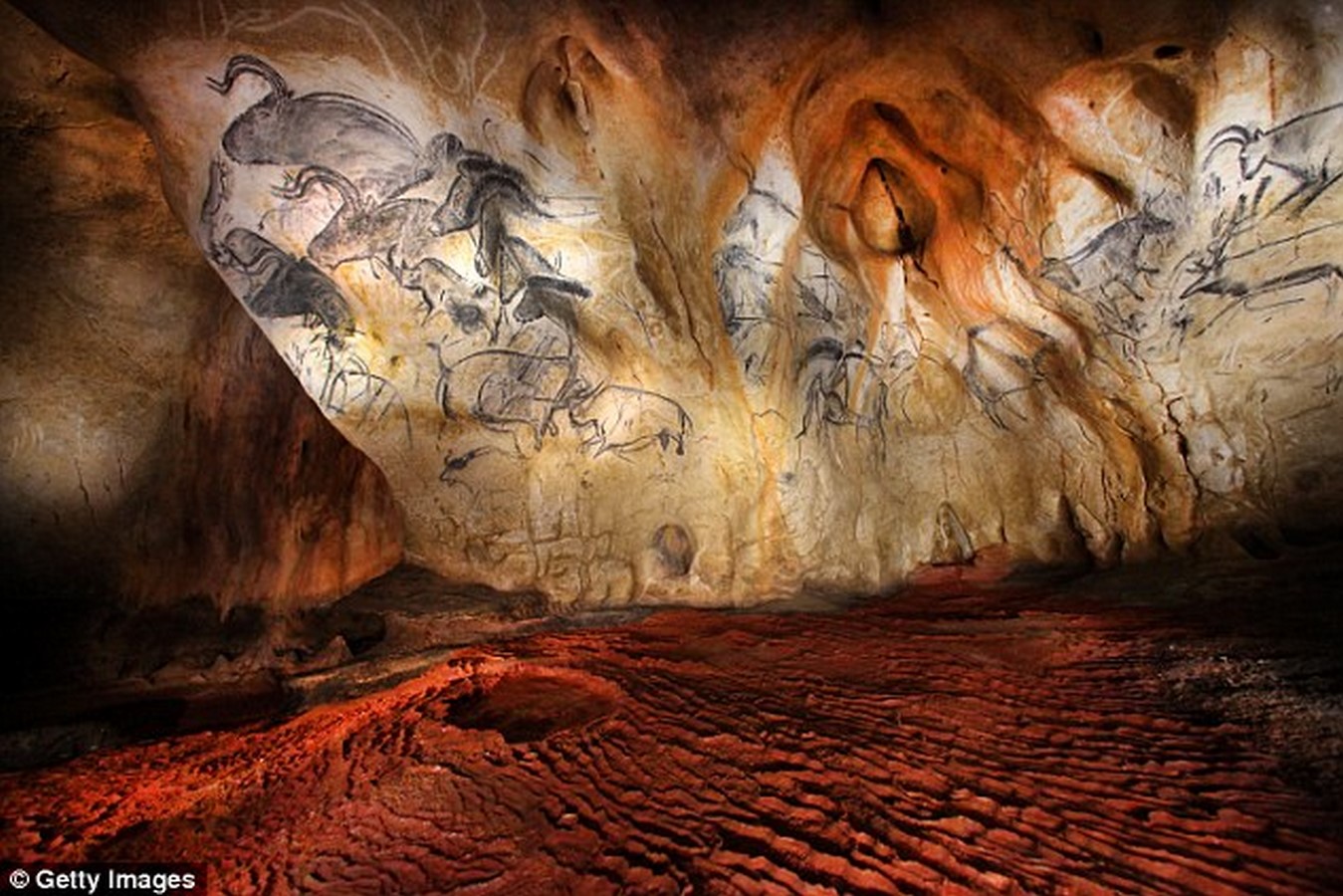
Whether it was faith and culture or the necessity to sustain or the individuality that bound humans together, there rose the birth of a built environment. These built environments had walls to protect their children, granaries to store their food, and shrines to their common beliefs that brought them together. Prehistoric men belonging to these environments looked up to the heavens and borrowed the geometric shapes of the sun, moon, and surroundings and mimicked them into their architectural beliefs. An imagined order was created for humans to live in a modern society that led to the revolution, whose impact was architectural as much as psychological.
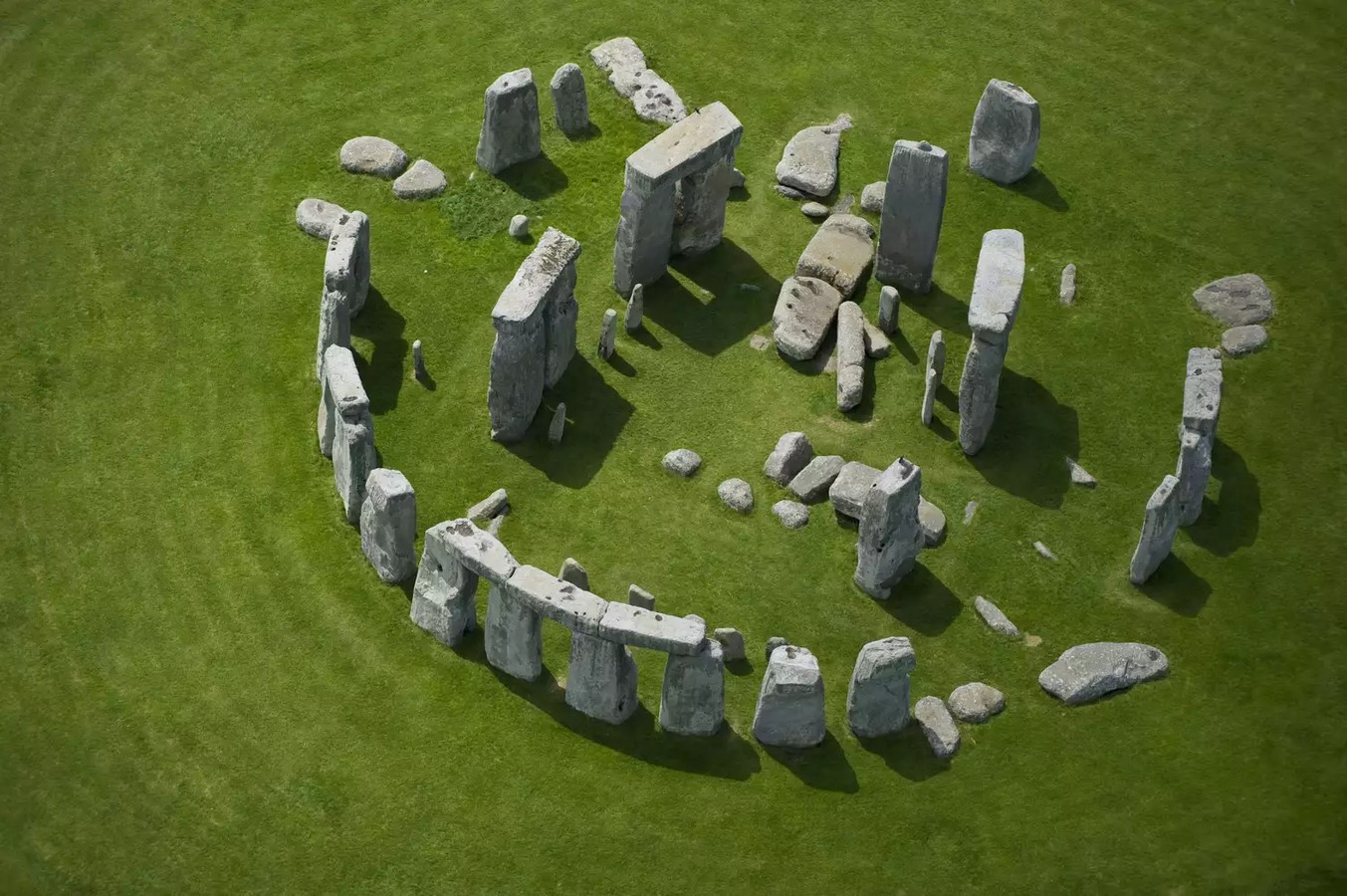
The Universal Language of Architecture
Language and their exceptionally large-sized brain have been the defining factor that set humans apart from other species. These factors led humanity to the spectrum of different forms of art and thinking. There was a major impact on architecture when permanent settlement began. People not only focused on shelter being protected but also on having an aesthetic impact with its functionality. There was a development in human skills concerning everything from utensils to weaponry. As human skills improved, so did society’s norms, classes, religious beliefs, political stand, and internal trades started developing. This led to political rivalries and differences in religious beliefs, and hence dominance had to be exerted. As humanity has always been a mortal factor, it led them to create or build eternal elements. The omnipotent idea in humans brooded them into creating structures and buildings that lived as the testimonies of exuberant civilizations and their immense social impact.
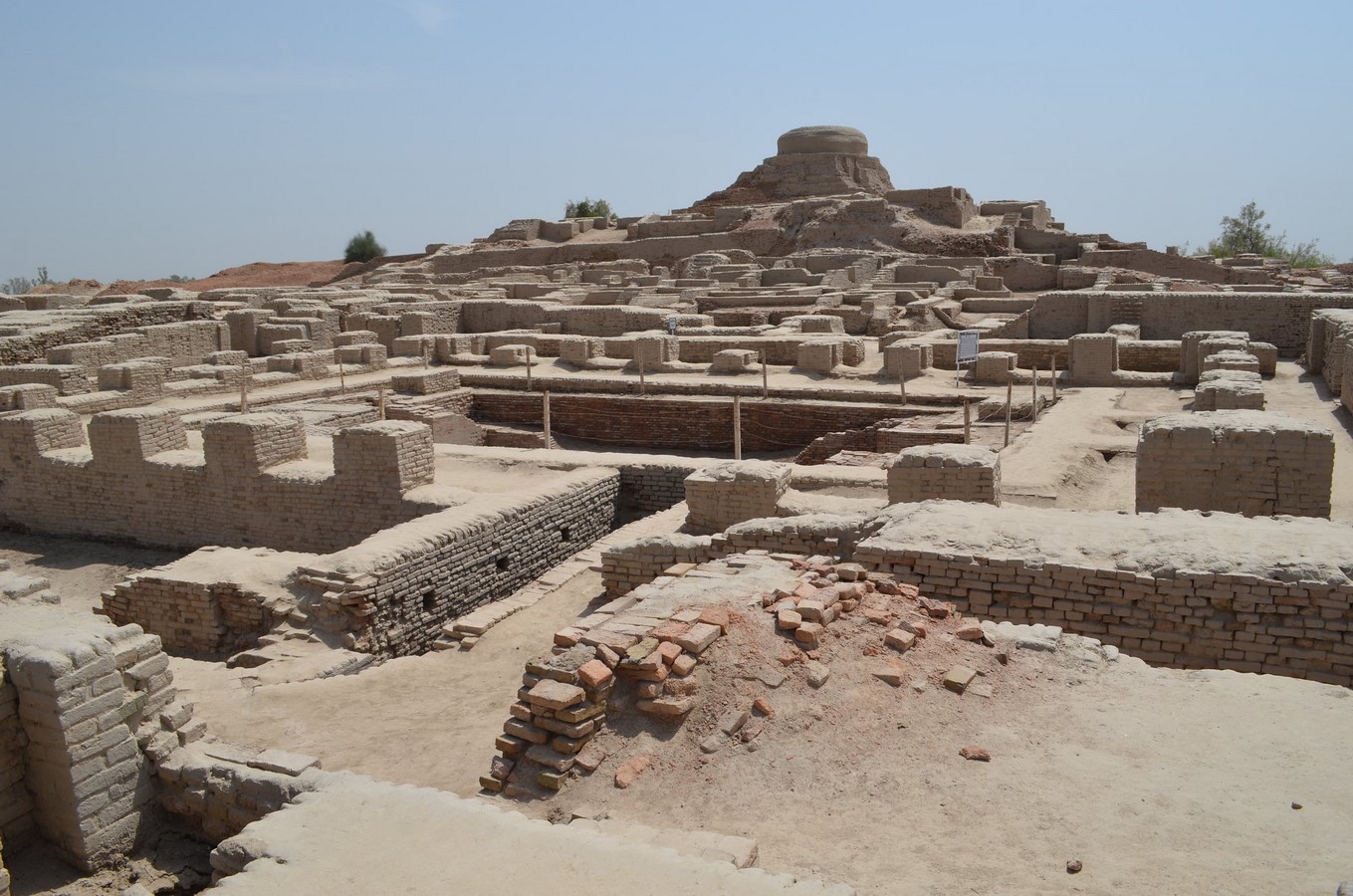
Different styles and principles & elements of architecture were born due to the social-political impact of the period.From the ancient Egyptian pyramids, the classical style of the Pantheon, and the Gothic and Neo-Gothic styles followed in the construction of churches, the major changes brought in through the Renaissance and Industrial Revolution movements to the modernist movement prevailing today have all been intertwined in the form of social movements and architecture, bringing humanity closer together. The universal language of architecture brought in a compilation of all these elements and principles which varied in different places, times, and cultures but were an iteration and amalgamation of astounding inventions in the human-built world.
Therefore it is to be observed that the language of architecture is the language of the society that echoes the same values of humankind.
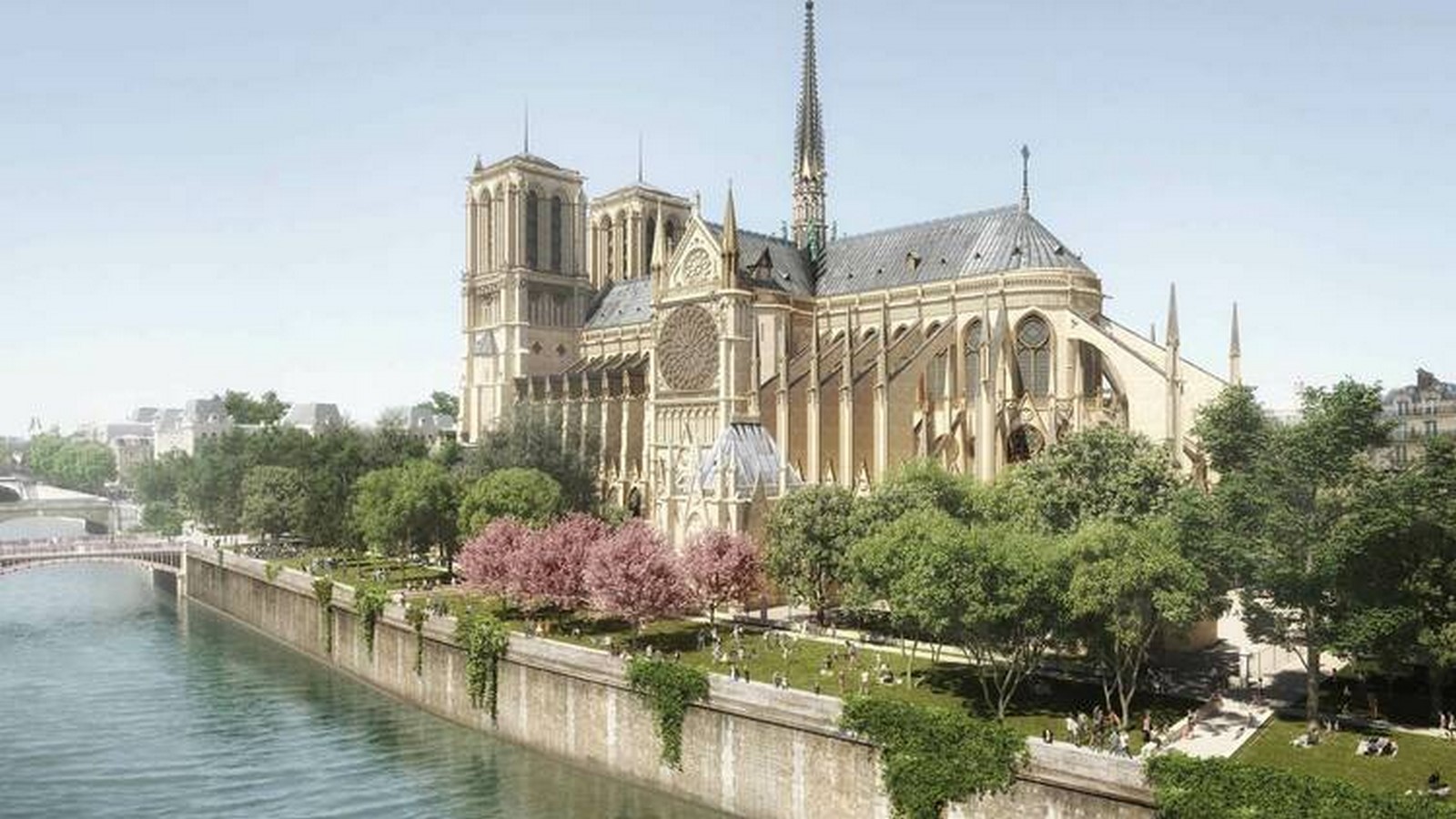
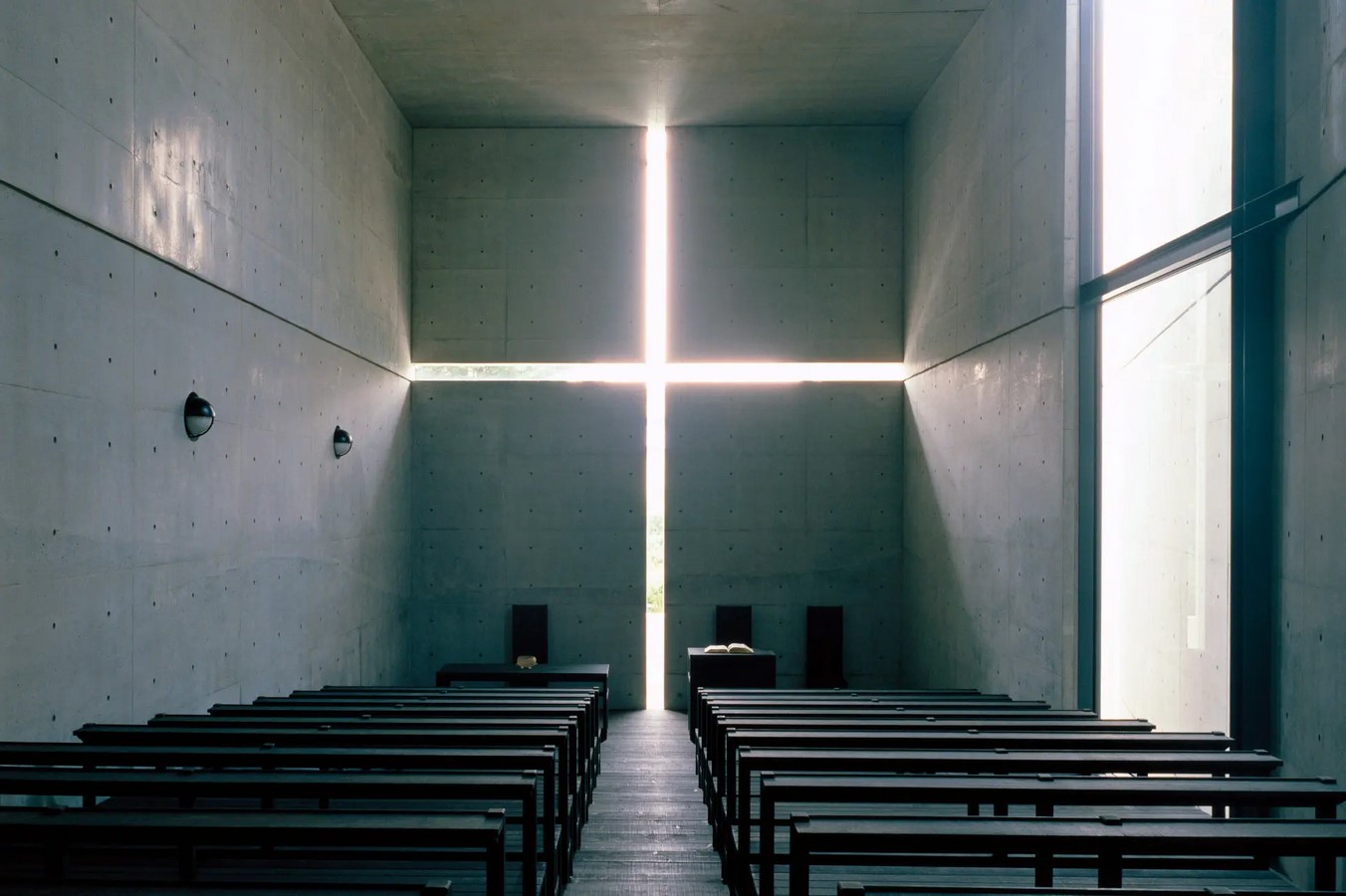
Without the Built World
Humans are primarily social animals. Social cooperation is an absolute necessity for survival. But the possibility of a society without a built environment will change the entire dynamic of human life. Without the built world, humanity will have to rely on natural shelters like the primitive men where the chances of survival will be scarce. The lifestyle will be to meet the temporary demands that occur time and time again. The existence of humanity will become banal and primitive without Architecture
When it comes to understanding architecture, most discussions will focus on society and what is necessary for humanity. Industrialization brought in mass migration and diverse problems of sorts – where socialism was incorporated into architectural modernity. Whereas architecture in today’s world adheres to solutions for global warming and homelessness. With certainty, it can be said that it would have been challenging for the growth of humanity if it wasn’t for architecture.
Whether it’s a hive built by bees, the nests built by birds, the burrows, or even the anthills; different species of this planet have always thrived to survive and build safer places for their hunger needs and to protect their offspring. It is the Law of Nature that has been followed, carried out, developed, and adopted by humans in this ever-growing society.
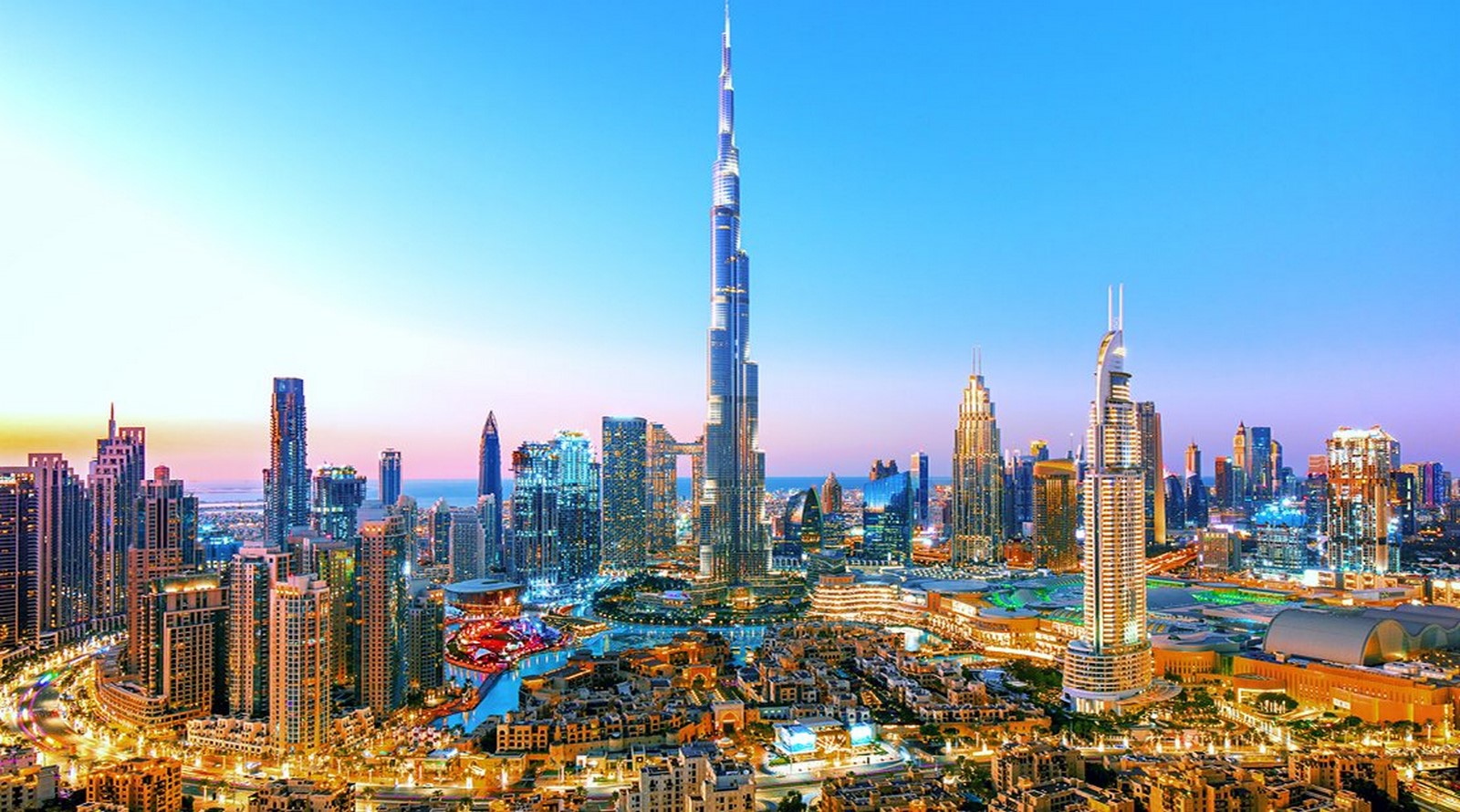
References
- Harari, Y. (2011). Sapiens A Brief History of Human Kind, London: Penguin Random House
-
- DL, V.S.M.B.E. (2015) The role of architecture in humanity’s story, Thought Economics. Thought Economics. Available at: https://thoughteconomics.com/the-role-of-architecture-in-humanitys-story/ (Accessed: October 23, 2022).
- Stead, N. (2017) Sometimes a thing is not “properly” architectural but has something profound to say about the discipline., Places Journal. Available at: https://placesjournal.org/article/within-and-without-architecture/?cn-reloaded=1 (Accessed: October 23, 2022).
- Craven, J. (2020) Architecture timeline of important historic periods, ThoughtCo. ThoughtCo. Available at: https://www.thoughtco.com/architecture-timeline-historic-periods-styles-175996 (Accessed: October 23, 2022).
- Düchs, Martin & Illies, Christian. (2018). The Human in Architecture and Philosophy: Steps towards an “Architectural Anthropology”.








